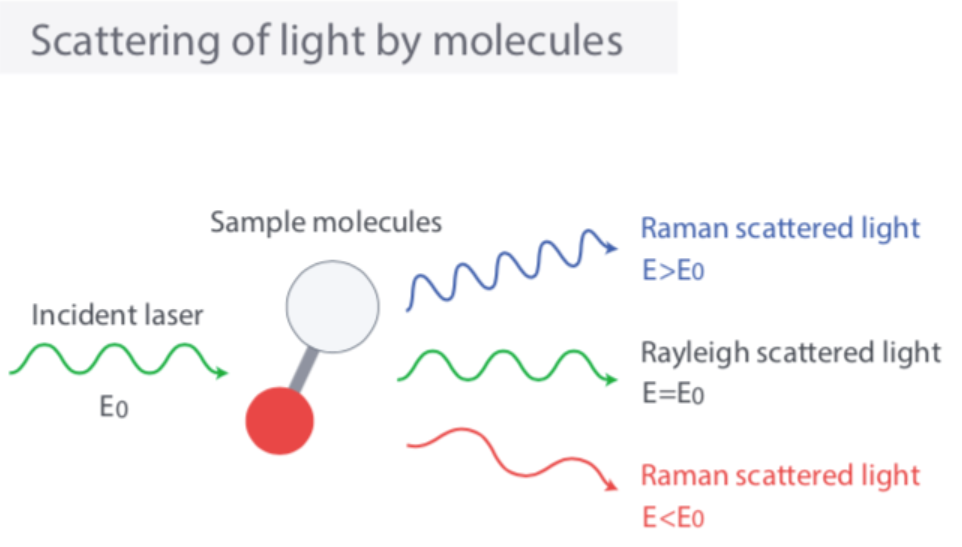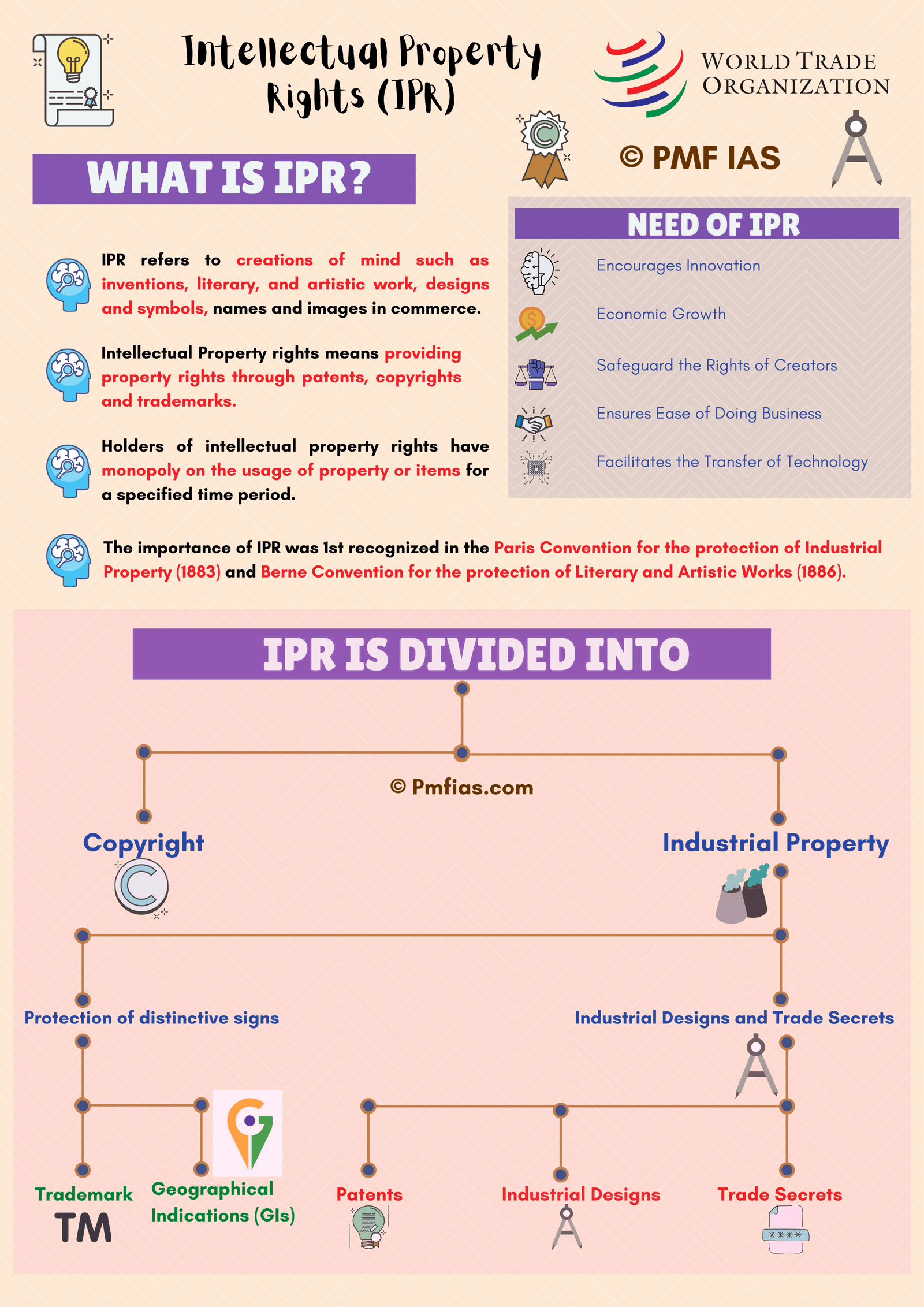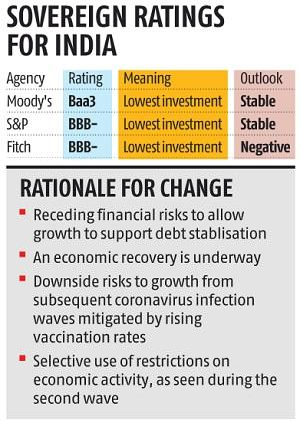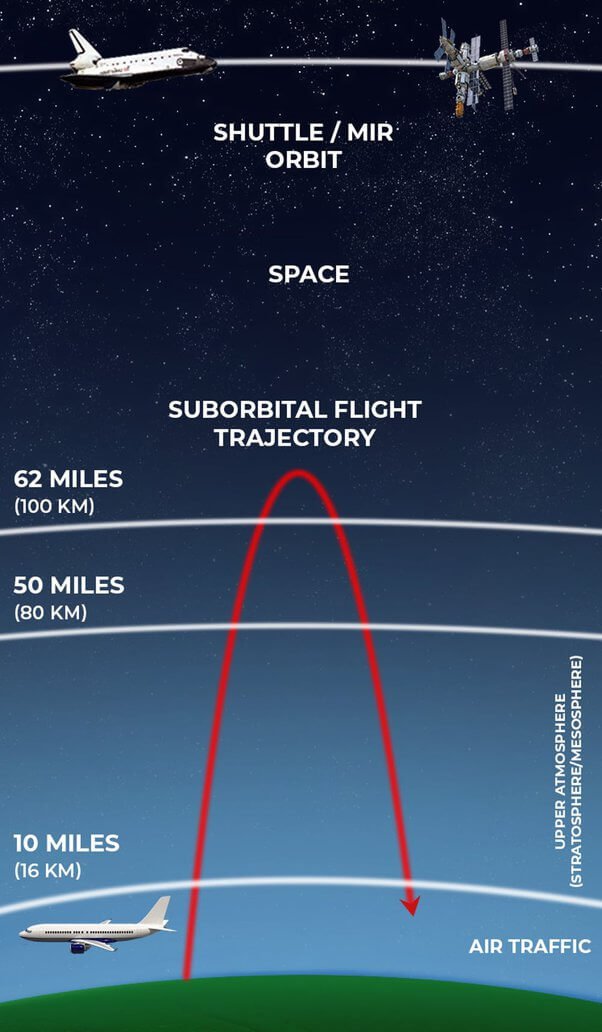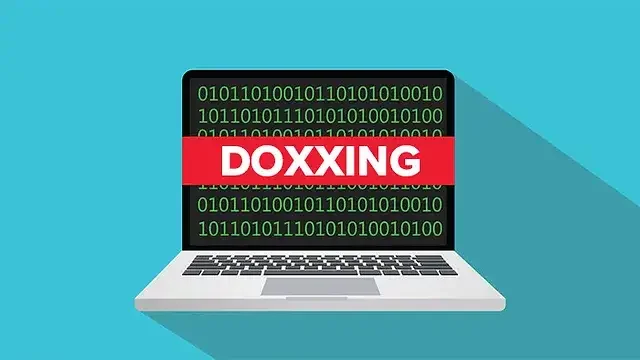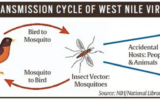
Urban Commission
Subscribers of "Current Affairs" course can Download Daily Current Affairs in PDF/DOC
Subscribe to Never Miss an Important Update! Assured Discounts on New Products!
Must Join PMF IAS Telegram Channel & PMF IAS History Telegram Channel
- Context (TH): Establishment of an Urban Commission in the State of Kerala after four decades.
- The commission’s 12-month mandate is to address the challenges of urbanization in Kerala.
- NITI Aayog has estimated Kerala’s urban population to be around 90%.

About First National Commission on Urbanisation
- In 1986, the GOI appointed the First National Commission on Urbanization (chaired by C.M. Correa).
- It was given the task of making a study of the various facets of urbanisation, especially
- Concerning urban planning and development,
- Structure of Urban Local Government Institutions (ULGI)
- Organisation of ULGI
- Powers, functions, and the status of the existing ULGI
Recommendations of the commission
- It recommended promoting 329 new growth centres and emphasised strengthening the existing larger metropolises with the following measures:
- Creating employment
- Opening up hinterlands
- Generating wealth with equity
- Be engines of growth
- Be the catalysts of social transformation and modernisation of the economy and society.
Classification of cities
- It classified the cities based on economic momentum into:
- National priority cities,
- State priority cities,
- Spatial priority urbanisation regions and
- Small towns, which serve the rural hinterland.
- It also recommended providing opportunities to grow small and intermediate-level towns to reduce the migration rush in the metropolitan centres.
Urban Planning in India
- Post-independent India has witnessed two stark periods of development in the urban spectrum.
1) The Nehruvian period
- It lasted almost three decades and became more apparent in the late 1980s.
- During this period, around 150 new towns were built with a holistic city approach.
- It was characterised by a centralised planning mechanism emphasising master development plans.
Evaluation
- This process failed as the state acted as a primary instrument of capital accumulation.
- It pushed millions of people from rural to urban spaces, with manufacturing as the driving force.
- However, manufacturing did not remain pivotal as new areas opened up.
- The informal sector took centre stage, and the urban plans failed.
2) Post 1990s
- The 74th Constitutional Amendment Act (introduced Part IX A (the Municipalities) and provided constitutional status to the Urban Local Bodies (ULBs)) was one of the positive outcomes.
- Since then, there has been a shift in policy paradigm for more private initiative and investment in urban development.
- Master plans were handed over to large parastatals (State-owned organisations). Big consultancy firms were hired to draw urban plans.
- This gave way to the concept of social housing, public health, education, and real estate.
Evaluation
- Cities were made competitive and termed as ‘engines of growth’.
- Instead of a whole city approach, a project-oriented approach was the guiding principle (mission mode of development). E.g., Jawaharlal Nehru National Urban Renewal & Smart Cities Mission.
Necessity of a National Urban Commission
- India’s Urban population is projected to grow to around 40% by 2030.
- As per the 2011 Census, the urban population in India was about 31.2% of the total population.
- More than half the world’s population lives in cities (56%).
- Urbanisation is Central to India’s Economy: It contributes nearly 60% to India’s GDP.
- Urbanisation has impacted climate change and created spatial and temporal changes, such as
- Massive land use,
- Building typologies,
- Duality, informality (construction of houses that don’t meet building codes, infringing zoning regulations in a legally owned property, or using property for unauthorised activities.)
- Crisis of pollution, housing, water and sanitation challenges and
- Unequal city spaces (Slums and squatter settlements)
- Piecemeal approaches are not making any breakthroughs, and a holistic approach is required.
- Mission mode approaches, such as the Swachh Bharat Mission or Atal Mission for Rejuvenation and Urban Transformation (AMRUT), have failed to achieve their desired results.
- An urban commission is required at the national and State levels to understand some of the interesting objective patterns of urbanisation.
- Migration
- Settlement patterns
- Information technology is an enabler and a disabler.
Issues related to Urban Financing
- Lack of Adequate Funding for Infrastructure and Housing Projects
- Lack of Long-Term Funding Options: The lack of a clear and stable policy framework for urban development makes it difficult for investors to predict investment returns.
- Over Centralisation in the financial architecture: Grants to the cities are linked to their performance in collecting property taxes, and the grant increase is proportional to the State’s GST.
- Lack of Coordination between the central and state governments. This has resulted in a lack of cohesive urban planning, inadequate infrastructure, and proper housing and transportation.
- Lack of Participation from Private Sector Investors: Lack of clear and consistent government policies and regulations regarding land acquisition and development.
Changes Required in the Governance Architecture
- Eighteen subjects under the 12th Schedule should be transferred to the Urban local bodies (ULBs).
- There should be managers, instead of elected officials, running ULBs.
Urbanisation in India
- India’s population stood at 1210 million in 2011, with an urbanisation level of 31.1% (2011 Census).
- The distribution of urban centres and the pace of urbanisation is not uniform across the country.
- Over 75% of the urban population of the country is in 10 States: Maharashtra, Uttar Pradesh, Tamil Nadu, West Bengal, Andhra Pradesh, Gujarat, Karnataka, Madhya Pradesh, Rajasthan, and Kerala.
State-wise Scenario
- Above National Average: Goa, Tamil Nadu, Kerala, Maharashtra, and Gujarat have attained over 40% urbanisation.
- Below National Average: Bihar, Odisha, Assam, and Uttar Pradesh continue to be at a lower level of urbanisation than the national average of 31.1%.
- UTs: NCT of Delhi, Daman and Diu, Chandigarh, and Lakshadweep show above 75% urbanisation.
How is Urbanization in India different and unique?
- Rapid Rate of Urbanization: India is projected to become the world’s most populous country by 2023; as a result, its cities are growing at an unprecedented pace.
- Informal Settlements: Most of India’s urban population lives in informal settlements or slums. These settlements are often marginalised and excluded from formal systems.
- Coexistence of ancient and modern cities: Cities like Varanasi, Jaipur, and Haridwar have rich cultural heritage, which coexist with the fast-paced modern cities like Mumbai, Bangalore, and Gurgaon.
- Urbanization due to the tertiary sector: Indian cities have primarily developed due to growth in the tertiary sector, such as communication, transport, services, and construction, rather than the secondary industry.
- Geographical difference: Southern India is more urbanised than Northern and Eastern India due to the presence of historical, socio-cultural, and educational resources.
Schemes/Programmes Related to Urban Development
- Smart Cities Mission: Launched in 2015, this mission aims to promote the development of 100 smart cities in India, focusing on sustainable and inclusive urban development.
- Climate Smart Cities Assessment Framework 2.0: Smart Cities Mission has launched the ‘Climate Smart Cities Assessment Framework’ to sensitise cities to take swift climate-oriented actions.
- TULIP – The Urban Learning Internship Program: The program aims to provide internship opportunities to 25,000 fresh graduates nationwide in all urban local bodies (ULBs) and smart cities. The internship opportunities will be provided for ‘Smart City’ projects.
- Heritage City Development and Augmentation Yojana (HRIDAY): This program aims to conserve and revitalise the cultural heritage and tourism potential of 12 identified cities in India.
- Swachh Bharat Abhiyan: This campaign aims to improve sanitation and cleanliness in urban areas, including the construction of toilets and solid waste management.
- Pradhan Mantri Awas Yojana (PMAY): This program aims to provide affordable housing to urban residents, particularly for low-income groups and economically weaker sections.
- Atal Mission for Rejuvenation and Urban Transformation (AMRUT): This program aims to improve essential services and infrastructure in urban areas, including water supply and sewerage systems.





![PMF IAS Environment for UPSC 2022-23 [paperback] PMF IAS [Nov 30, 2021]…](https://pmfias.b-cdn.net/wp-content/uploads/2024/04/pmfiasenvironmentforupsc2022-23paperbackpmfiasnov302021.jpg)
